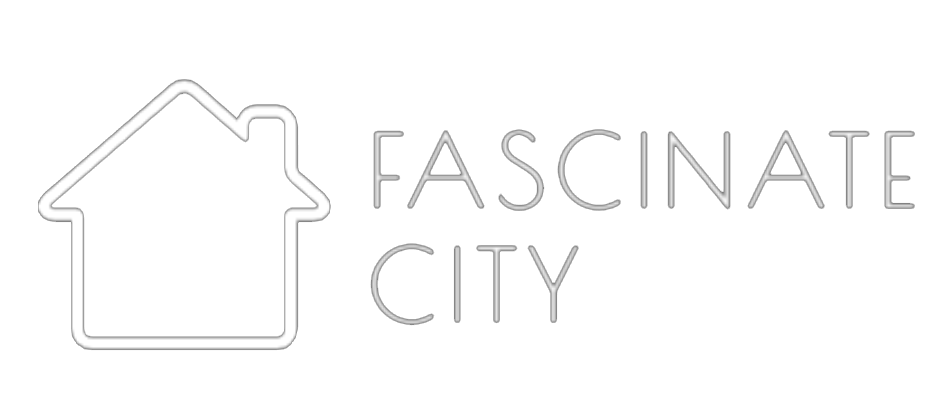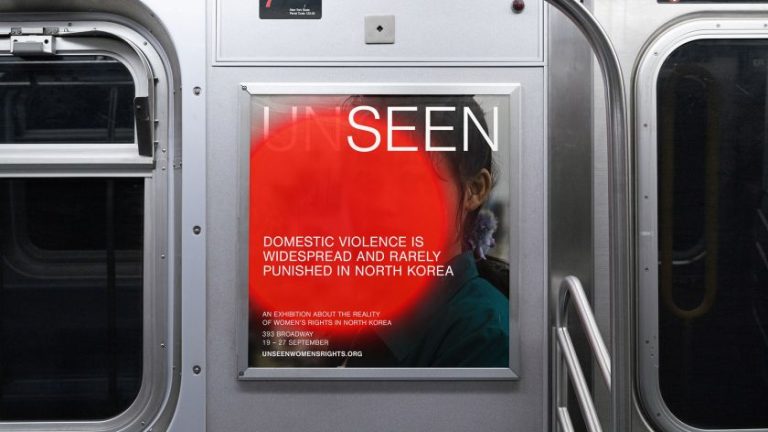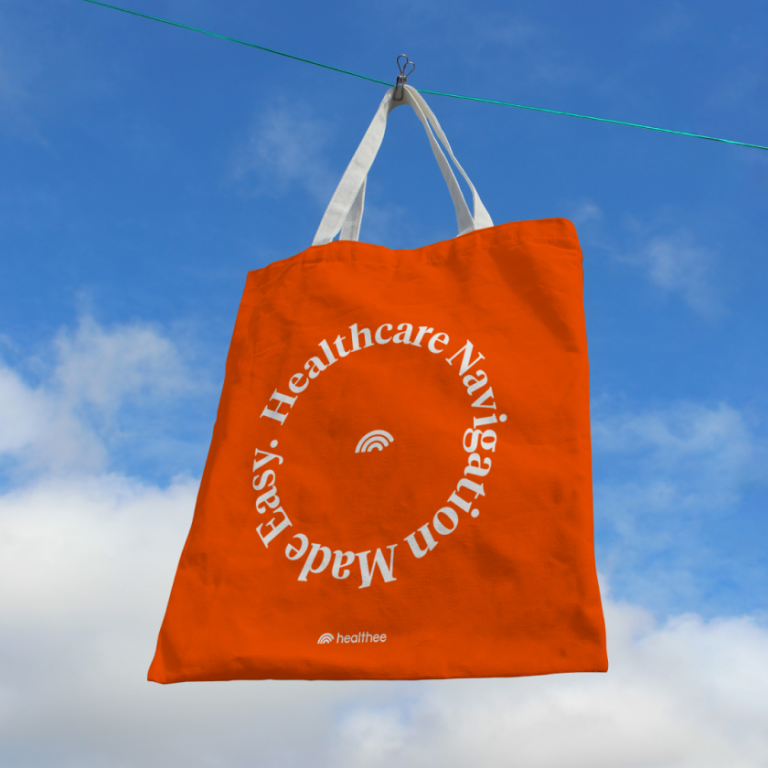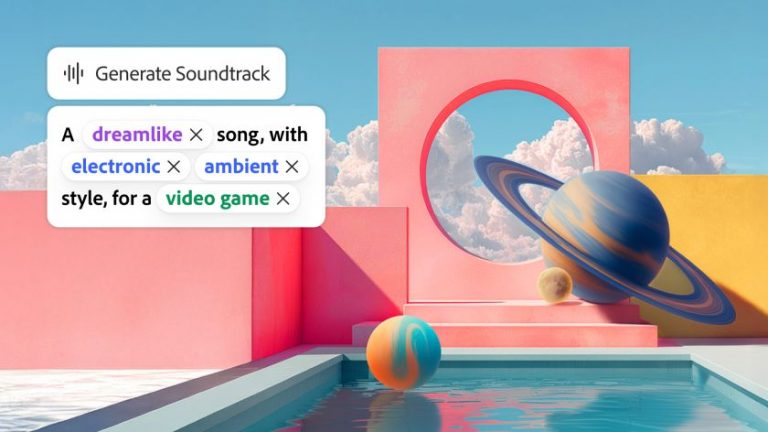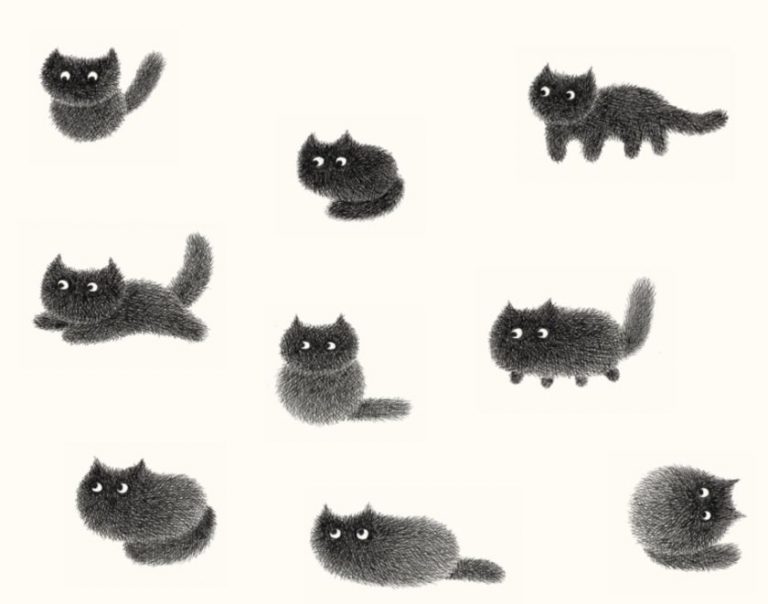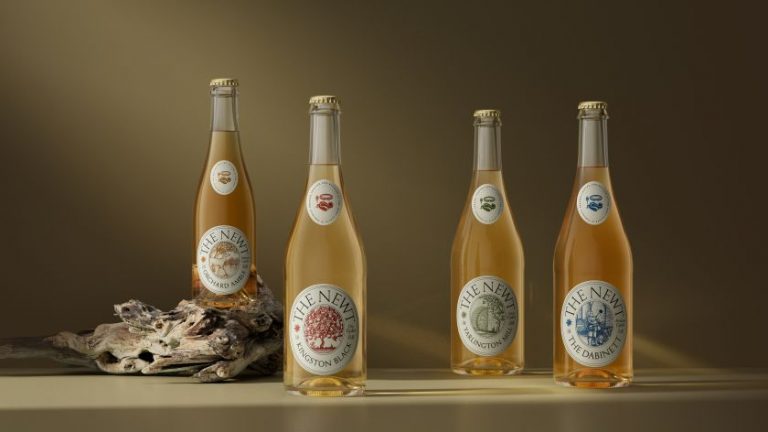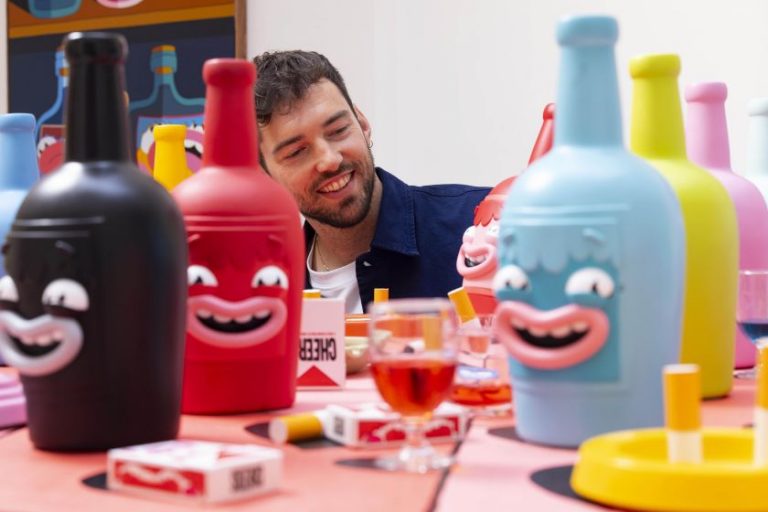This ad doesn’t just feature creators, it’s made in partnership with them. And that’s borderline revolutionary. Read on, as I explain why.
It’s kind of a paradox. On the one hand, the media landscape is undergoing a seismic shift right now. On the other hand, most people—most creatives, even—haven’t really noticed. Because everything is so fragmented now, everyone is having an entirely different experience.
Think about it. When was the last time you had a watercooler moment about the show you watched yesterday evening? It’s probably been a while, right? And that’s not surprising.
Either the other person isn’t signed up to the same streaming platform, or they haven’t watched that show yet. Or maybe they have, but they’re on a different episode than you. And who likes spoilers?
As for linear broadcast TV, it’s being increasingly irrelevant for anyone beyond the over-60s. Last year, Ofcom reported that less than half of 16-24-year-olds are now watching broadcast TV at all in an average week. For those who are, it’s just 33 minutes each day. Of this, a mere 20 minutes is spent watching live TV. Seriously. Twenty minutes!
We all know what they’re looking at instead: YouTube. It’s essentially become the world’s number one TV channel, superpassing even Netflix in terms of viewership, now that more and more of us have the YouTube app on our TV sets.
As a result, creators—people your parents might never have heard of, but who command the unwavering attention of millions—are becoming the new celebrities.
Why creators are different
These aren’t celebrities, though, in the traditional sense. They’re overwhelmingly ordinary people who’ve built extraordinary relationships with their followers through consistency, authenticity and an intimate understanding of their audience’s desires.
Why? Because these are not the often clueless actors, presenters or pop stars of past years, who needed a talent spotter to find them, a manager to steer them, an army of dressers and stylists to make them presentable. These kids have done it all themselves.
Instead of relying on gatekeepers, they’ve spent painstaking years putting the work in, for several hours a day, typically over years and years. Slowly, steadily building their audience. Overcoming apathy. Dealing with horrible comments. Finding out what works.
As a result, they know what makes their viewers laugh at 3pm on a Tuesday, what products they’re genuinely curious about, and they understand the difference between a recommendation and an ad.
It’s against this backdrop that Pepsi MAX’s latest campaign, ‘Bring Out The Flavour’, represents something genuinely groundbreaking. Because this isn’t just content featuring creators—it’s content co-created with them, from conception to execution.
Landmark moment
The campaign marks a watershed moment in how major brands approach creator partnerships. Rather than the traditional model of briefing influencers to promote products within their existing content formats, Pepsi MAX has handed creative control to its community of creators, aka the Pepsi Pioneers.
Three creators sit at the heart of this particular campaign: Emma Johnson (@emmasrectangle
), Formz (@_formz), and Luke Vernon (@lukevernon). These aren’t household names in the traditional media sense, but within their respective communities, they wield serious influence.
Emma, with her sharp wit and relatable content, has built a following that trusts her recommendations. Formz brings a distinctive visual style that resonates with younger demographics. Luke’s content spans lifestyle, comedy and entertainment, positioning him as a cultural tastemaker for his audience.
What makes this collaboration distinctive is the level of creative autonomy Pepsi afforded to these creators. According to Steven Hind, CMO Beverages UK&I at PepsiCo, the Pioneers are “more than just ambassadors; they are co-creators that play a pivotal role in driving brand authenticity and cultural relevance by taking the reins from strategy to execution.”
The campaign itself centres on Pepsi MAX’s core summer flavour range—Cherry, Lime, and Mango—but the execution is far from traditional product advertising.
Each creator demonstrates how these flavours act as a catalyst, shifting their mood and energy “from an 8 to a 10”. The content feels native to each creator’s style while maintaining brand coherence; a delicate balance that traditional advertising often struggles to achieve.
The anatomy of co-creation
How the ad above was made is, in a sense, more interesting than the ad itself. Rather than starting with a creative brief developed by an ad agency, the process began with the creators themselves identifying moments and scenarios where the product naturally fits into their lives.
The campaign features Charli XCX’s track ‘I Don’t Care’, chosen to embody what Pepsi describes as their audience’s “unapologetic and carefree attitude.” Importantly, this wasn’t a musical choice made in a boardroom—it emerged from conversations with the creators about what soundtrack genuinely reflects their community’s mindset.
The rollout strategy further demonstrates this collaborative approach. While the campaign includes traditional elements—a 20-second TV spot, nationwide out-of-home placements—the digital and social media activations feature “bespoke creator-led content that matches the Pioneers’ personalities.”
In other words, each creator isn’t simply reading from the same script. They’re developing content that feels authentic to their personal brand while serving the campaign’s broader objectives.
Perhaps most tellingly, the campaign extends into physical experiences designed with creator input. The Pepsi MAX Cherry x Townhouse Salon activation, running from 11-14 September in Central London, offers curated manicures, cherry-infused makeup stations, and themed giveaways. Again, this isn’t a marketing manager’s interpretation of what young people want—it’s based on genuine insights from creators who understand their audience’s lifestyle aspirations.
Why does this signal broader change?
This campaign arrives at a crucial juncture for the creative industries. Traditional advertising metrics—reach, frequency, brand recall—are being challenged by engagement-based measurements that better reflect how audiences actually consume and respond to content. In this light, the creators involved in this campaign don’t just deliver eyeballs; they deliver attention, trust and genuine engagement.
The implications extend beyond marketing strategy. For creatives, this represents both opportunity and disruption. Advertising agencies must evolve from content creators to collaboration facilitators. Brand strategists need to understand community dynamics, not just consumer segments. Production companies must work with creators who bring their own aesthetic and technical approaches.
It all boils down to one word: authenticity. Yes, I can hear you groan when I say that; it’s become such a cliche. But when it comes down to it, young audiences today have developed very sophisticated filters for spotting fakes from the real thing. And the creators involved in this campaign are very much seen as the real thing. Otherwise, honestly, who would be interested in subscribing to their channels?
The point is that in the world of the 2020s, successful YouTubers know that trust isn’t something you can buy—you have to earn it through sheer hard graft over time. Brands that understand this dynamic are positioning themselves for sustained relevance. Those that don’t risk being filtered out by increasingly discerning audiences.
